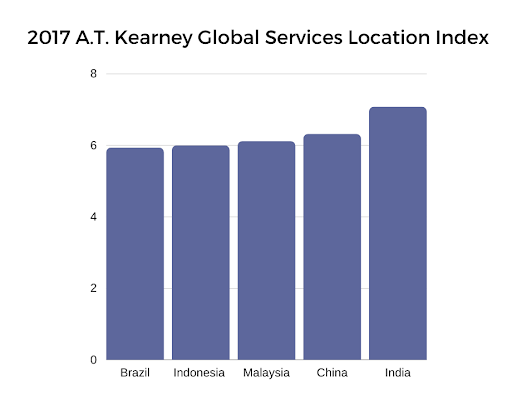Business Process Outsourcing (BPO)
Most businesses have work that it does not make economic sense for them to hire for in-house. This may be due to a task being outside of their area of expertise, or due to seasonal changes in demand. Business process outsourcing (BPO) provides a fast, scalable solution for these cases where businesses want to hire for such roles.
Outsourcing entails finding trusted partners with the required expertise and having their employees perform services for your business.
Beyond operational flexibility and scalability, BPOs can also be a less expensive solution depending on the location of workers. Deloitte research suggests that as much as 59% of companies who outsource consider cost to be a key reason.
BPO is a large market, reaching $92.5 billion as of 2019 (Statista).
Commonly Outsourced Services
- Data entry
- Accounting
- Call centers and customer support agents
- Sales
- Human resources
- Information technology
- Manufacturing
- Shipping and logistics
- Web development
Leading BPO Countries

Benefits of Business Process Outsourcing (BPO)
Alongside increased productivity and savings, BPO also brings these benefits:
- Helps you find specific expertise
- Allows the in-house employees focus on core processes
- Enables startups to scale quickly when required
That said, a decision to outsource for the first time is a big one as it will require time spent training, managing, and coaching the outsourced team.
Maximizing Business Process Outsourcing (BPO)
If done correctly, business process outsourcing can be efficient and effective. Choose the right partner, then train and manage the team.
So, how can you best ensure success? Here are some guidelines:
- Create a specific list of your business needs and requirements
- Set up a short trial run with multiple vendors if possible
- Carefully document arrangements and agreements
- Negotiate service level agreements (SLAs) that you expect the team to meet
- Establish clear channels for feedback and communication
- Track, analyze, and review performance on a regular basis



